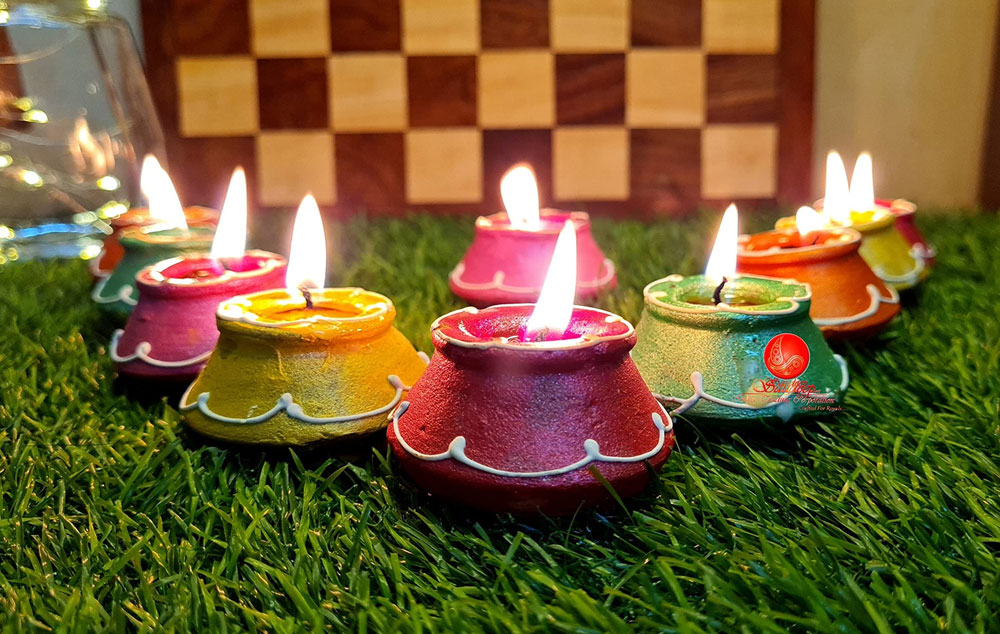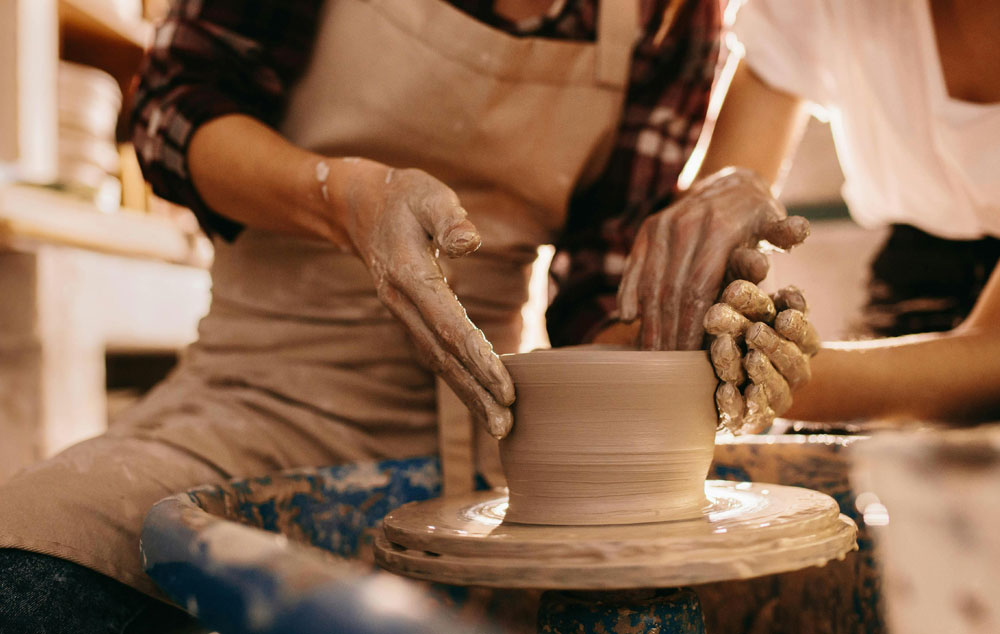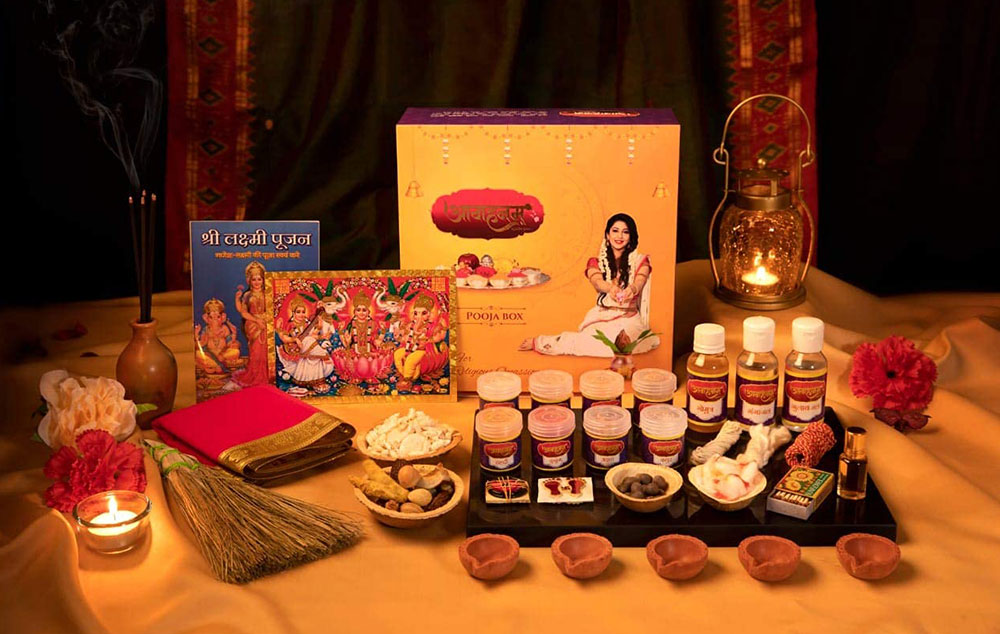
Handicrafts have been an integral part of human civilization, reflecting cultural identity, creativity, and tradition. From ancient times to the modern era, handmade creations have preserved the essence of artistry, showcasing intricate craftsmanship passed down through generations. In India, handicrafts hold a special place, representing the country’s rich heritage and artistic excellence. This blog explores the significance of handicrafts, the art of traditional crafting, and their growing demand in today’s world.
A Glimpse into the History of Handicrafts
The history of handicrafts dates back thousands of years, with evidence of handmade pottery, jewelry, textiles, and sculptures found in ancient civilizations like the Indus Valley, Mesopotamia, and Egypt. In India, the tradition of handicrafts has flourished in regions known for their unique styles, such as Rajasthan’s blue pottery, Gujarat’s block printing, and Kerala’s coir products. These art forms have survived generations, adapting to cultural shifts while maintaining their originality and essence.
The Essence of Handcrafted Creations
Handicrafts are not just products; they are stories woven into every thread, carved into every sculpture, and painted onto every surface. Skilled artisans dedicate years to mastering their craft, creating pieces that reflect their heritage and artistic vision. Some of the most popular handicrafts include:
- Diwali Diyas – Traditional clay lamps that symbolize light and prosperity.
- Pooja Products – Handcrafted items used in religious ceremonies, such as incense holders and brass idols.
- Eco-Friendly Ganesha Idols – Biodegradable clay idols used during Ganesh Chaturthi.
- Bajot & Wooden Mandirs – Intricately designed wooden platforms and temple structures for worship.
- Toran & Decorative Hangings – Fabric and bead embellishments used to adorn doorways.
- Clay Kitchenware – Traditional earthen pots, plates, and cups used for sustainable cooking.
Handicrafts and Sustainability
One of the greatest advantages of handicrafts is their contribution to sustainability. Unlike mass-produced goods that rely on industrial processes, handmade products use natural materials, minimal resources, and eco-friendly techniques. Many artisans create products using:
- Clay, wood, and natural fibers, reducing environmental impact.
- Organic dyes and handmade fabrics that minimize pollution.
- Recycled materials to promote sustainability and reduce waste.
The Role of Handicrafts in Cultural Preservation
Handicrafts are deeply rooted in cultural traditions, reflecting the customs, beliefs, and artistic expressions of different communities. Each region in India has its own unique handicraft legacy, passed down through generations. The skill and dedication of artisans ensure that these traditions remain alive, despite the rapid modernization of the world. By purchasing and supporting handcrafted products, consumers contribute to preserving these art forms and encouraging artisans to continue their ancestral professions.
The Growing Global Demand for Handicrafts
In today’s world, there is an increasing appreciation for authentic, handcrafted products. Consumers are shifting away from machine-made goods in favor of handmade creations that offer uniqueness, cultural value, and sustainability. Countries like the USA, UK, and UAE have a high demand for Indian handicrafts, leading to significant exports of traditional items.
The demand is driven by:
- Authenticity and Uniqueness – Each handcrafted piece is one-of-a-kind.
- Sustainable and Ethical Production – Consumers prefer products with minimal environmental impact.
- Cultural Appreciation – Handmade artifacts reflect traditions and artistic heritage.
Challenges Faced by Artisans
Despite their cultural significance and growing demand, artisans face several challenges, including:
- Lack of recognition and fair wages.
- Competition from mass-produced and machine-made goods.
- Limited access to modern marketing and global markets.
- Declining interest among younger generations in learning traditional crafts.
To address these issues, governments and organizations are working towards promoting handicrafts through online marketplaces, exhibitions, and skill development programs. Consumers can also play a role by choosing to buy handmade products and supporting local artisans.
The Future of Handicrafts
With digital platforms providing artisans access to global markets, the future of handicrafts looks promising. Online marketplaces, exhibitions, and government initiatives are helping artisans sustain their livelihoods while preserving traditional art forms. Supporting handmade products not only empowers artisans but also ensures that these cultural treasures continue to thrive.
Moreover, the integration of contemporary designs with traditional techniques is helping handicrafts stay relevant in modern times. Many designers and brands are collaborating with artisans to create innovative products that cater to current market trends while maintaining their authenticity.
Conclusion
Handicrafts represent more than just artistry; they are a bridge between the past and the future. By embracing and promoting handmade creations, we contribute to cultural preservation, sustainability, and economic growth for artisans worldwide. Whether it’s a beautifully crafted diya, a wooden mandir, or an eco-friendly idol, every handcrafted piece tells a story worth cherishing. Supporting handicrafts means supporting the hands that weave history, tradition, and beauty into our everyday lives.


